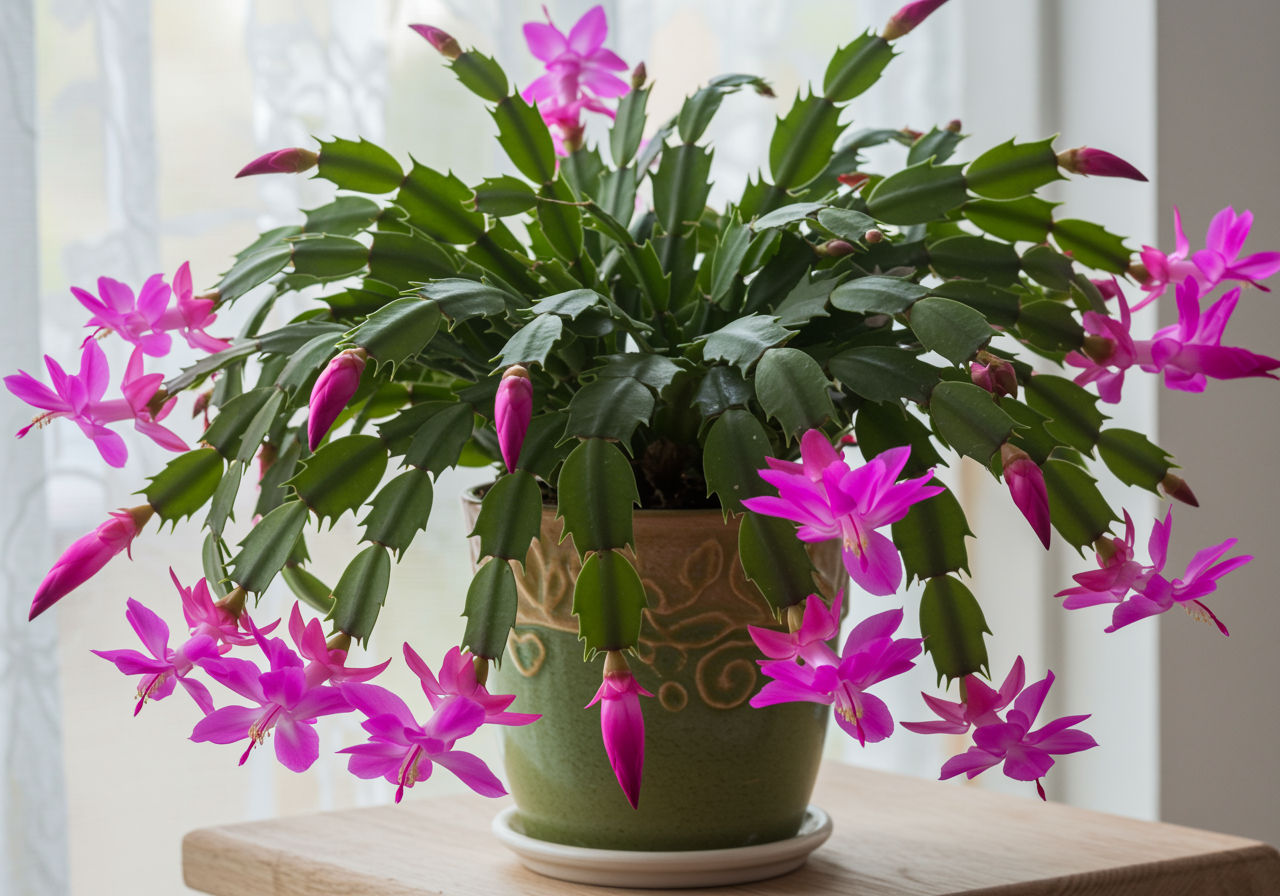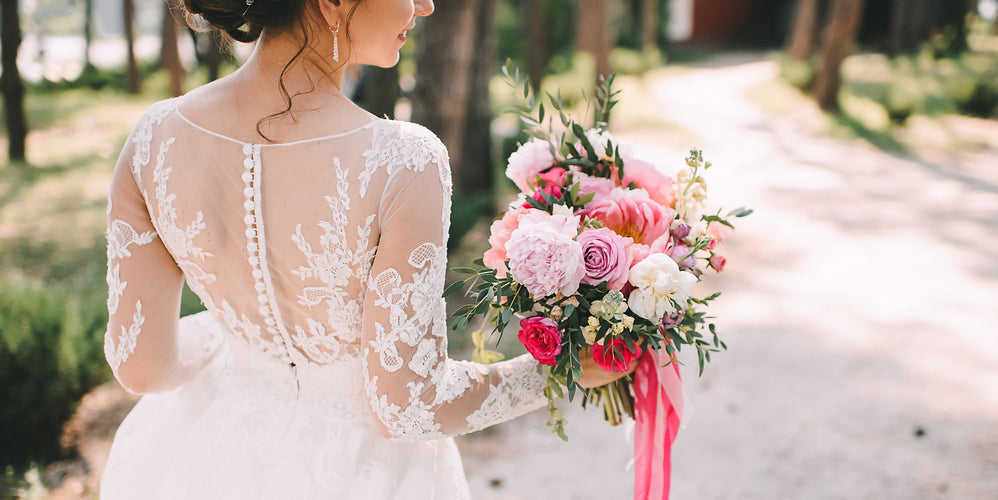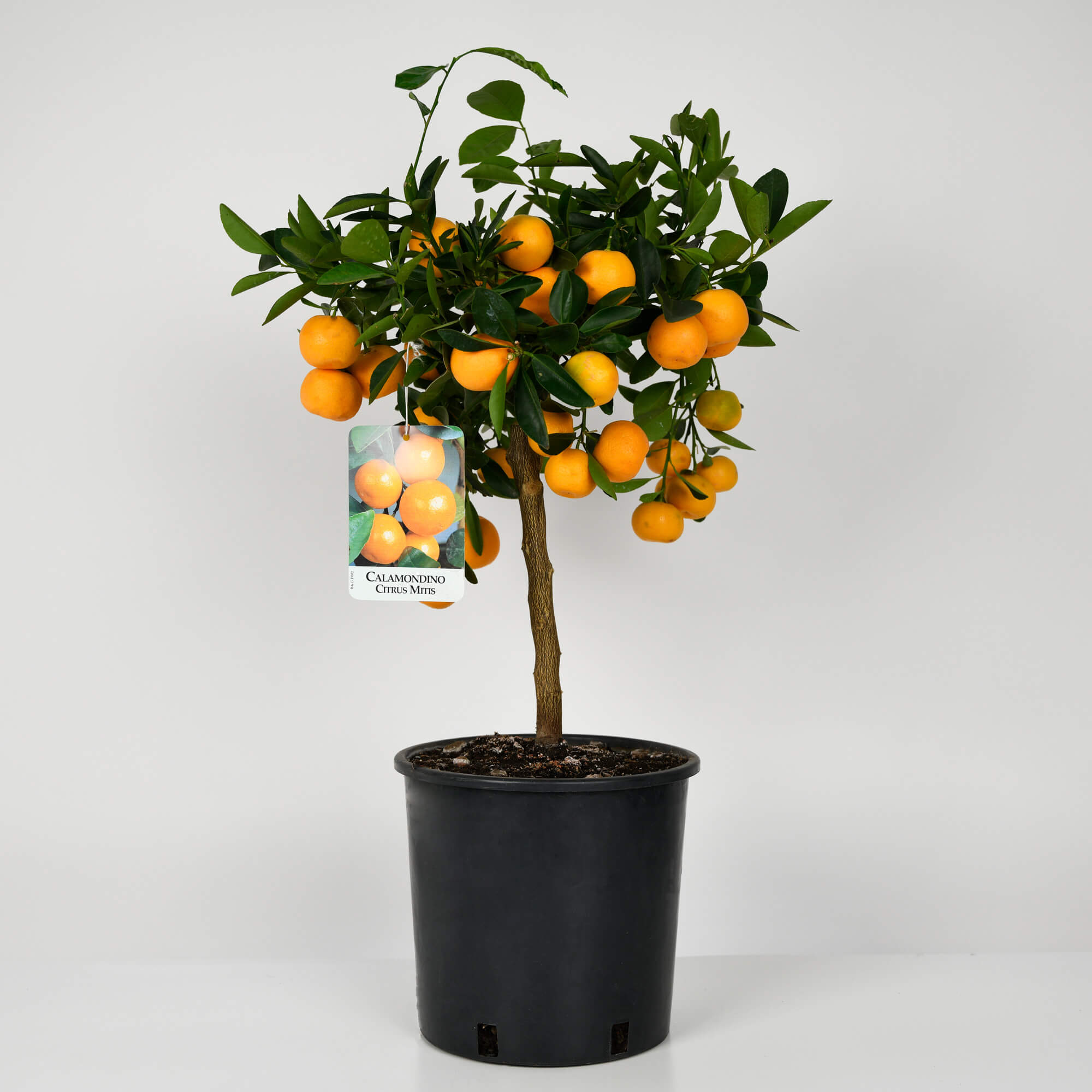Cacti - complete guide to care, flowering cactus species and other curiosities
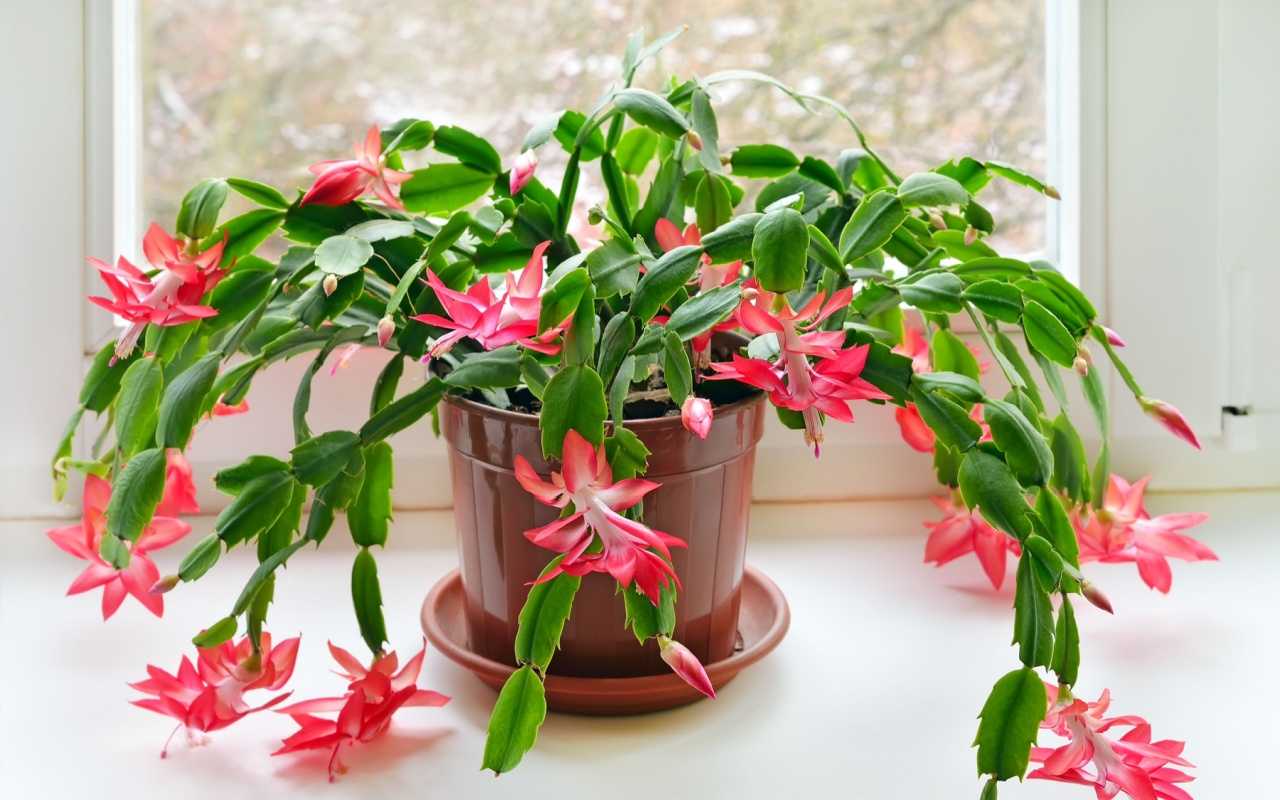
Photo source: Shutterstock.com
Cacti are fascinating plants that can bring a touch of exotic nature to your home. Whether you're an avid collector or just looking for an easy-to-care-for plant, cacti offer an impressive diversity of shapes, sizes, and even spectacular flowers. In this comprehensive guide, you'll discover essential information about cacti care, the most popular flowering species, as well as interesting facts about these remarkable plants.
Whether you need a special bouquet, want to surprise someone with a flower delivery in Bucharest , or are simply looking for an online florist in Bucharest where you can order flowers at home , the options are varied and accessible on the californiaflowers.ro florist .
Information about cactus
Cacti are succulent plants that are part of the Cactaceae family, comprising over 1700 species. Native to the Americas, with the exception of a single species native to Africa and Sri Lanka, these plants have adapted remarkably to arid environments. They have developed unique characteristics to survive in prolonged drought conditions, such as thickened stems that store water, leaves transformed into spines to reduce water loss, and a shallow root system to quickly absorb water from infrequent rainfall.
Most cacti are slow-growing, but can live for tens or even hundreds of years under favorable conditions. They come in an impressive variety of shapes, from small globular species a few centimeters across to giant columnar cacti that can reach over 20 meters in height. One fascinating aspect is their flowers, which are often spectacular and ephemeral. Many species bloom at night and are pollinated by bats or moths, producing flowers in vibrant colors such as red, yellow, pink, or white.
-
Easter Cactus and other flowering cacti species - beauty and diversity
Among the most popular flowering cactus species is the Easter cactus, also known as the Christmas cactus (Schlumbergera). Native to the rainforests of Brazil, this species produces abundant flowers in shades of pink, red, white, or purple. Other notable species include Echinopsis, with large, colorful flowers that open at night, Mammillaria, which produces crowns of small, delicate flowers, Opuntia, the palette cactus with impressively large yellow or orange flowers, and Rebutia, a small cactus that produces red or orange flowers in proportion to its size.
To encourage these cacti to flower, it is essential to provide them with the right conditions. Most species prefer bright, but indirect light. Watering should be done correctly, allowing the soil to dry out between waterings. Temperature plays an important role, with many species requiring a dormant period at lower temperatures to trigger flowering. Also, a balanced fertilization during the growing season can contribute to abundant flowering.
Types of cacti for the apartment - the perfect choice
Cacti are ideal houseplants due to their hardiness and minimal care needs. Echinopsis, also known as the candle cactus, is prized for its spectacular, colorful flowers. It needs plenty of light and moderate watering. Mammillaria, with over 200 small species, produces delicate crowns of flowers in shades of pink or white and prefers bright light and infrequent watering.
Opuntia, popularly called "bunny ears", has flat and round segments, being resistant to various conditions. Gymnocalycium, with round shapes and colorful flowers, is easy to care for, preferring indirect light and moderate watering. Schlumbergera, known as the "Christmas cactus", blooms in winter with pink, red or white flowers, preferring indirect light and moderate humidity. Rebutia, with colorful flowers in proportion to their small size, is ideal for sunny windowsills.
Cactus care - essential tips for healthy growth
To ensure optimal development of cacti, it is essential to provide them with the right growing conditions. Most species need plenty of natural light, between 4 and 6 hours of direct exposure daily. Place them near a south or west-facing window to benefit from adequate light.
Proper watering is important. Water abundantly, but infrequently, letting the substrate dry completely between waterings. During the growing season (spring-summer), water cacti weekly, and in winter significantly reduce the frequency, to once a month or even less. Use a special, very well-drained substrate that contains garden soil, sand and gravel or perlite to improve drainage and aeration.
Temperature and humidity are important factors. Cacti prefer high temperatures during the growing season, but need a dormant period in the winter, at lower temperatures, around 10-13°C. For healthy growth, fertilize cacti during the active season using a special fertilizer, with a low nitrogen content and higher phosphorus and potassium. Respect the dormant period in the winter, significantly reducing watering and stopping fertilization to prepare the plants for flowering the following season.
When do cacti bloom - the secrets of caring for flowering cacti
If you have mastered the basics of cacti care, it is time to focus on stimulating flowering. Most cacti species bloom in the spring-summer period, although there are exceptions that produce flowers in other seasons. To stimulate flowering, make sure they receive a minimum of 4-6 hours of direct sunlight daily. Give them a rest period in the winter, at lower temperatures (8-10°C), to trigger flowering the following season.
Significantly reduce watering during the dormant period. The thirstier they emerge from winter, the more eager they will be to bloom. Use a well-drained cactus mix to prevent root rot. Apply a specific fertilizer during the growing season, but avoid overdoing it, as it can inhibit flowering.
To care for flowering cacti, provide enough light, but protect them from sunburn on hot days. Water moderately during the growing season, letting the substrate dry out between waterings. Fertilize with a fertilizer low in nitrogen and high in phosphorus and potassium. Rotate the pot periodically for even exposure to light and remove wilted flowers to encourage the formation of new buds.
Curiosities about cacti - interesting and lesser-known facts
Beyond the practical aspects of care, cacti hide a number of fascinating things. There are over 2000 species, ranging from tiny specimens of a few centimeters to giants that can reach over 20 meters in height. The tallest cactus in the world, Carnegiea gigantea, can grow up to 25 meters.
These plants have developed remarkable adaptations such as spines transformed from leaves to reduce water loss, thickened stems that store water for long periods of drought, and shallow roots to quickly absorb water from rainfall. Contrary to popular belief, there are also spineless cacti, such as Lophophora williamsii or some varieties of Astrophytum.
Many species produce impressive flowers, often disproportionately large for the size of the plant. Some bloom only at night and are pollinated by bats or moths. Under favorable conditions, cacti can live for several hundred years. Species such as the Saguaro (Carnegiea gigantea) can reach ages of over 200 years in their natural habitat. Beyond their decorative value, some species are edible, others are used in traditional medicine or in the cosmetic industry.
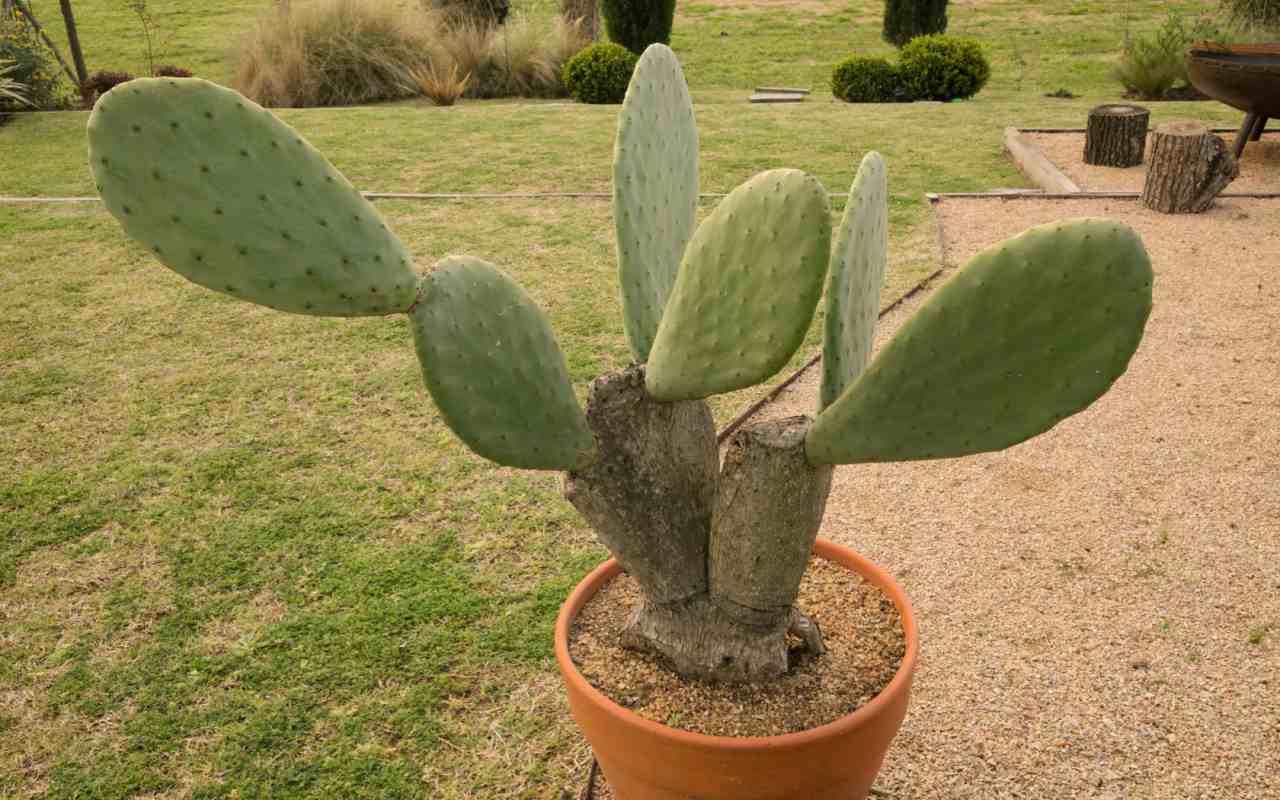
Photo source: Shutterstock.com
Propagating cacti - techniques for expanding your collection
Propagating cacti is an excellent way to get new plants. You can use the cuttings method, choosing a healthy portion of the mother plant, which you carefully cut and leave to dry for a few days before planting. Propagating by seeds requires more patience, but is ideal for obtaining rare species of cacti. The seeds are sown in sterile, slightly moist substrate, and the temperature and humidity must be maintained constant for successful germination.
Dividing plants is recommended for cacti that grow in groups. Carefully remove the plant from the pot, separate the individual plants keeping the roots intact, and replant each part in its own pot. For successful propagation, choose the spring period, when conditions are favorable for growth. Use sterilized tools, a substrate with excellent drainage, provide indirect light and moderate watering for the first few weeks.
Growing cacti can be a very rewarding experience. These fascinating plants bring a touch of wild and exotic nature to any interior, offering a wide range of shapes, sizes and even spectacular flowers. To fully enjoy their beauty, choose species suitable for the conditions in your home, provide a very well-drained substrate, adapt the frequency of watering to the needs of each species and the season, provide a rest period in winter, and fertilize moderately during the growing season.
With a little attention and proper care, indoor cacti can become true green jewels in your home. Enjoy the uniqueness and resistance of these remarkable plants, letting yourself be surprised by their discreet beauty or the spectacular inflorescences that some species offer. Do not hesitate to bring these wonders of nature into your home and enjoy their comforting presence every day. Surely, your indoor cacti collection will quickly become a source of pride and relaxation in the midst of everyday hustle and bustle.
Send flowers to Bucharest easily, using our Bucharest flower delivery services, and choose a special Bucharest flower bouquet to express your feelings through fast and efficient Bucharest flower orders .
Flower delivery Bucharest with home delivery
Flower delivery Brașov for fresh flowers and fast delivery

